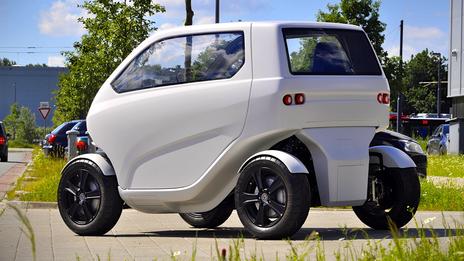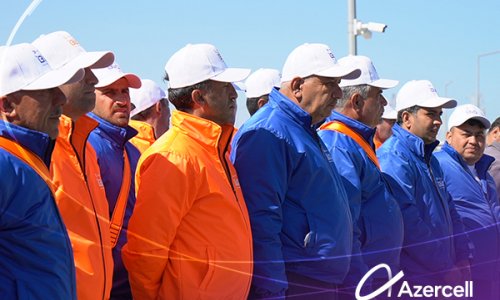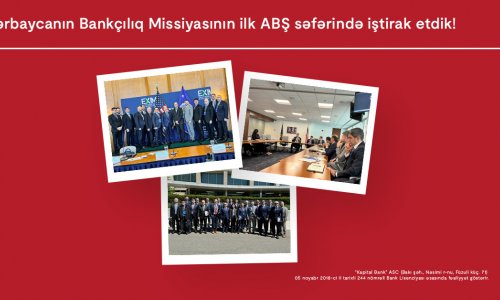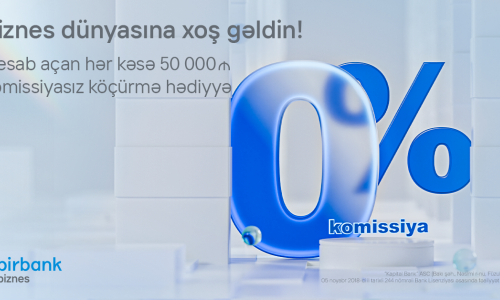The EO is a two-seat city car with sporty scissors-style doors and plenty of glass; it is stylish in a Star Trek shuttlecraft sort of way. It uses four in-hub electric motors to move its Smart ForTwo-like 1,650lbs (748kg) at speeds up to 40mph (64km/h).
The wheels are jointed at the ends of the axles, freeing the car to spin around while sitting in one spot. And to the certain delight of parallel-challenged parkers, the EO can pivot all four wheels 90 degrees and drive – sideways – right to the curb. It can move diagonally by turning all four wheels in the same direction, and even change direction the old-fashioned way, with front-wheel steering, should it come to that.
To allow it to fit into the smallest of parking spaces, EO pulls a neat trick. The back of the cockpit rises (along with the driver) and the axles pinch together, shortening the vehicle from 8.2ft to 4.9ft – shorter than a Vespa scooter.
Like any good transformer, EO is a robot in disguise. It was, in fact, developed by the German Research Center for Artificial Intelligence’s Robotics Innovation Center. Not unlike Google’s self-driving car, the EO has an array of sensors – stereo cameras front and rear, 3D environment scanners and range-imaging cameras — that give it a real-time awareness of its surroundings. As its artificial intelligence gets better (and its creators insist it will, as sure as those batteries get better and lighter), the EO will be able to park itself, drive itself and come to pick you up when it is called. And probably stop off for a skinny latte on the way.
Future iterations of the intelligence system will allow multiple cars to link up in trains ("platoons”, the EO team calls them) for highway travel, sharing power for efficiency and safety, with individual cars joining or leaving the automotive centipede en route. Drivers, no longer driving, can chat with each other via an in-train network, or read, or eat breakfast. And platoons can accommodate driverless modules, as well – cargo containers, for instance, or auxiliary battery pods.
Clearly, EO represents some forward – and plenty of lateral – thinking. Maybe, the more things change, the more they can change things.
(BBC)
www.ann.az
Follow us !











